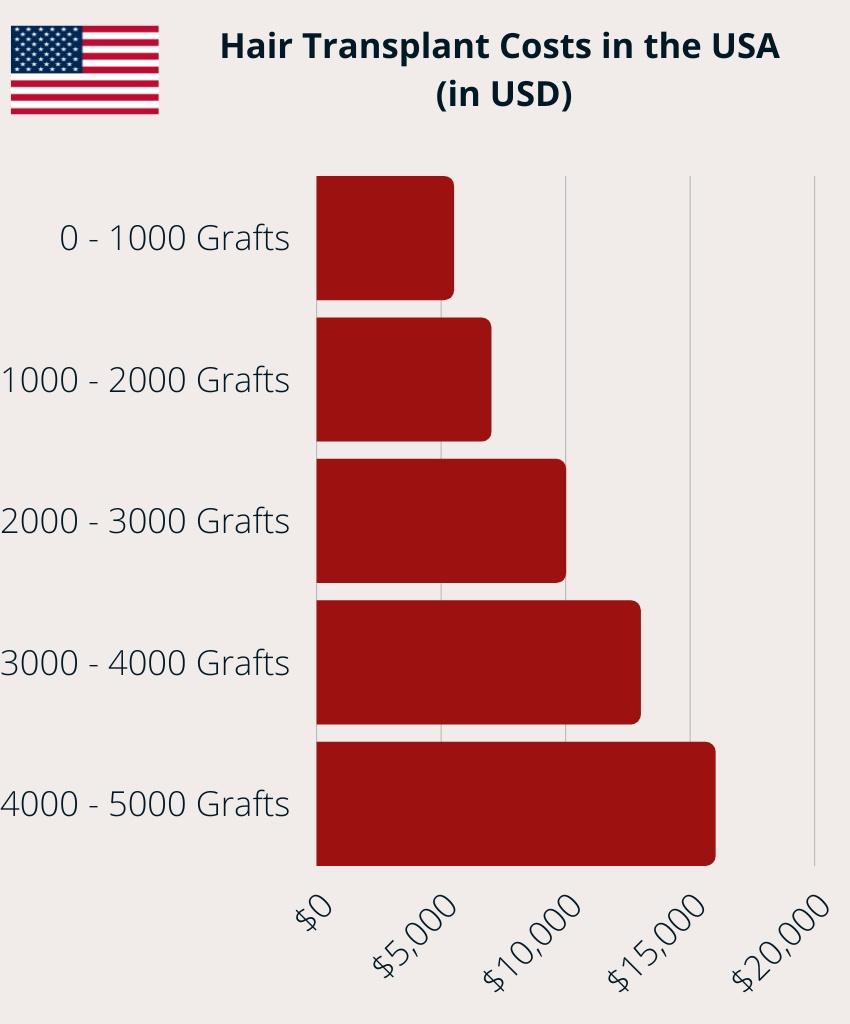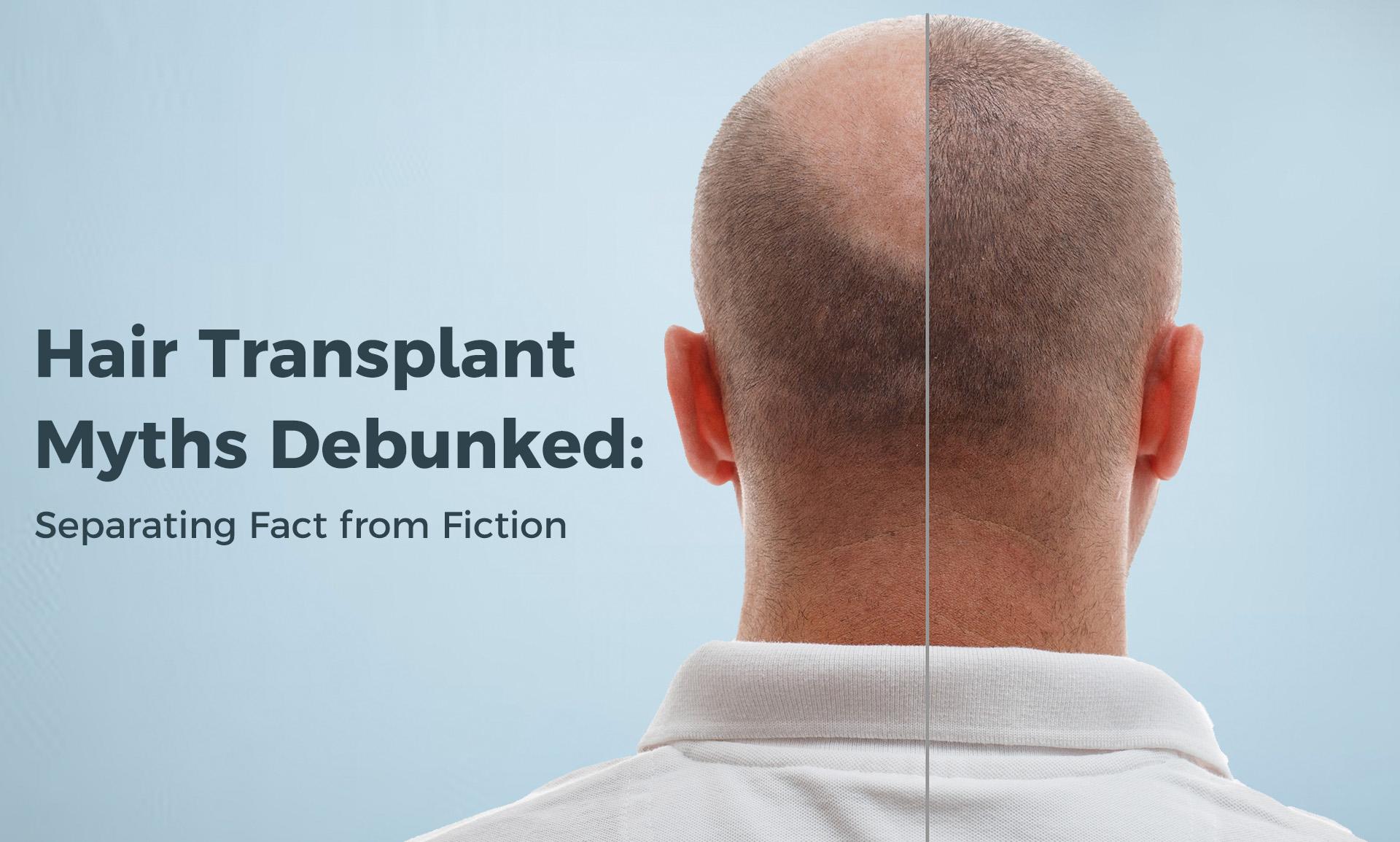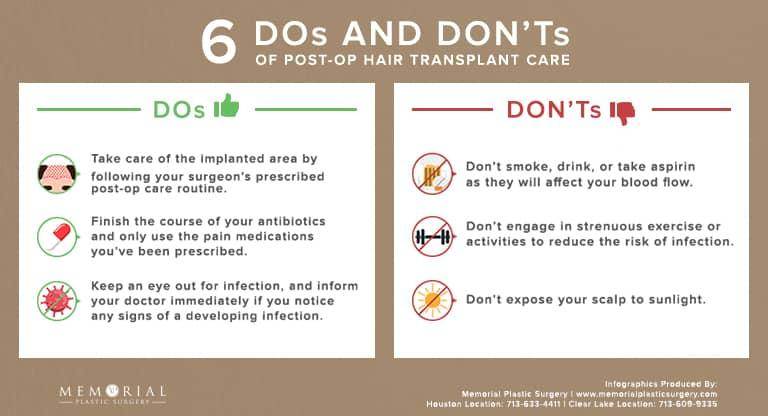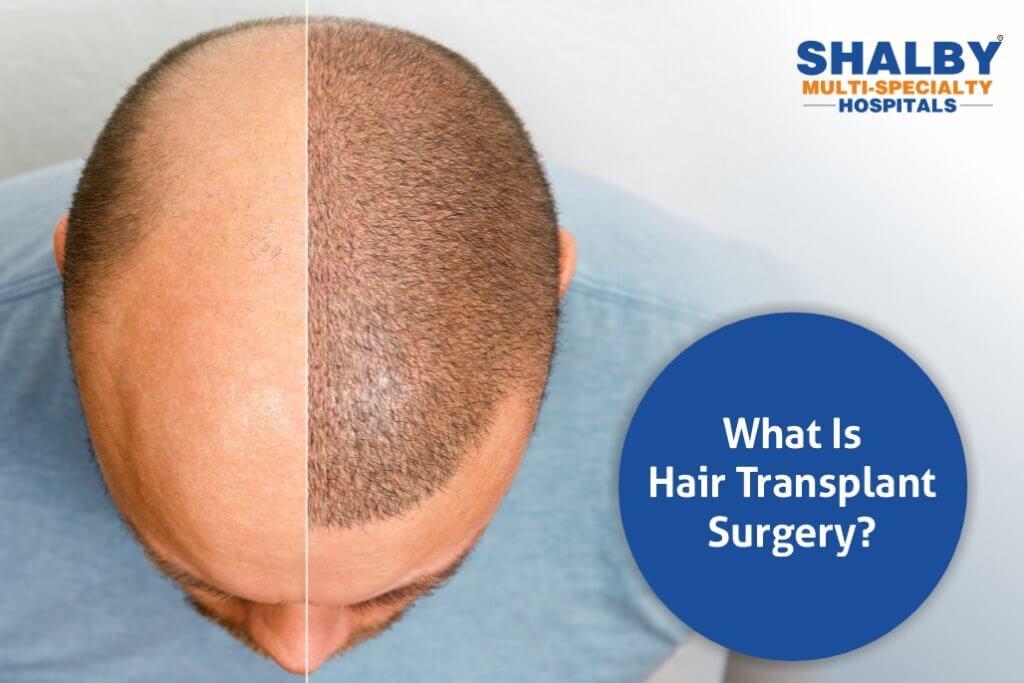10 Things No One Tells You About getting a Hair Transplant
Considering a hair transplant? For many, the journey to restoring a fuller head of hair is filled with excitement and hope. Yet, amidst the promise of renewed confidence and a youthful appearance, there exist a host of unspoken truths that can catch even the most informed individuals off guard. In this article, we delve into the lesser-known aspects of the hair transplant process—those insights that go beyond the glossy brochure and marketing slogans. From the intricacies of the procedure to the realities of post-operative care, we uncover ten crucial factors that can shape your experiance. If you’re contemplating this life-changing decision, join us as we unravel the hidden layers of the hair transplant journey, ensuring you step into this new chapter with your eyes wide open.
Understanding the Real costs Beyond the Price Tag
when considering a hair transplant, many individuals focus primarily on the upfront costs, often overlooking the hidden expenses associated with the procedure. Beyond the initial price tag,you may encounter a range of ancillary costs that can add up quickly. For example, post-operative care can require specific shampoos, medications, and follow-up appointments, which considerably contribute to the overall investment in your hair restoration journey.
Additionally, it’s crucial to understand that a hair transplant isn’t merely a surgical procedure; it demands time and attention for optimal results. Potential costs associated with recovery and maintenance include:
- Time Off Work: Many patients need to take several days off to recover comfortably.
- Ongoing Treatments: This may involve medications or supplements to support hair growth.
- Future Procedures: As hair loss can be progressive, additional sessions may be needed down the line.
Moreover, the emotional aspect of undergoing a hair transplant can also carry unseen expenses. Factors such as the mental health impact of hair loss, the potential for disappointment with results, and the necessity for self-care support can all lead to additional indirect costs.Evaluating these factors holistically can definately help set realistic expectations and ensure that individuals are financially and emotionally prepared for the journey ahead.

Navigating the emotional Journey of Hair Restoration
Undergoing a hair transplant is not just a physical change; it also triggers a profound emotional journey.Many find themselves grappling with feelings ranging from excitement to anxiety as the procedure approaches. It’s essential to acknowledge these feelings openly, as they are part of the process. You may experience a mix of anticipation for your new look and apprehension about how others will perceive the change, which is completely normal.
As you navigate through this emotional experience, consider reaching out to others who have undergone the same journey. sharing stories and insights can provide valuable support. Engaging with supportive communities can also offer reassurance and empower you throughout the process.Here are some key emotional aspects to keep in mind:
- Self-Confidence Boost: Many report a significant increase in self-esteem following the procedure.
- Patience is Key: Hair regrowth takes time; understanding this can definitely help mitigate frustration.
- Acceptance of Change: Embracing the transformation helps in coping with the emotional adjustment.
To further illustrate the emotional stages that accompany hair restoration, here’s a simple table outlining common feelings before, during, and after the transplant:
| Stage | Common Feelings |
|---|---|
| Before | Anxiety, Excitement |
| During | Relief, Curiosity |
| After | Hopefulness, Impatience |
Ultimately, remember that your emotional well-being is just as important as the physical results. taking time to reflect on your feelings and allowing yourself to process this journey will significantly enhance your experience. The emotional facets of hair restoration can truly complement the physical changes, leading to a more fulfilling overall outcome.

Debunking Common Myths About Recovery and Results
When considering a hair transplant,many people are influenced by widespread misconceptions that can cloud their judgment. One major myth is the belief that results are instantaneous. In reality, hair growth takes time, and while some may experience immediate changes due to swelling, the full results typically take several months to manifest. Expect a gradual progression as your new hair follicles start to establish themselves, which is often around 8 to 12 months after the procedure.
Another common misconception is that hair transplants are only for men. This notion is misleading, as women also benefit significantly from these procedures. Many women suffer from hair thinning due to genetic factors, hormonal changes, or medical conditions, and advancements in hair restoration techniques now provide effective options tailored for them.The key is to consult with a specialist who understands the unique patterns of hair loss in women to achieve optimal results.
Additionally, some believe that a hair transplant will completely eliminate the need for any future hair care. While hair restoration can significantly enhance your appearance, it doesn’t halt the aging process or prevent potential future hair loss.Regular follow-ups with your healthcare provider and a solid post-operative care plan are crucial.This involves adhering to a healthy lifestyle and possibly using topical treatments to maintain hair density and health over time.

Essential Aftercare Tips for Lasting success
Once you’ve undergone a hair transplant, the importance of proper aftercare cannot be overstated. Taking the right steps in the days and weeks following your procedure will ensure that your newly transplanted hair thrives and creates the desired look. Start by adhering to the post-operative instructions from your surgeon. This may include specific guidelines on washing your hair,avoiding sun exposure,and refraining from strenuous activities that could interfere with healing.
Hydration and nutrition play crucial roles in the recovery process. Aim for a balanced diet rich in protein,vitamins,and minerals to support hair growth. Your body needs the right nutrients to repair itself and promote healthy follicles. consider including the following in your diet:
- Protein-rich foods: Lean meats, fish, beans, and nuts
- vitamin-rich fruits and vegetables: Spinach, citrus fruits, and berries
- Healthy fats: Avocado, olive oil, and flaxseed
It’s also wise to avoid products that could irritate your scalp or interfere with the healing process.Steer clear of harsh shampoos, hair dyes, and heat styling tools for at least a few weeks. As you start washing your hair again, be gentle. Here’s a fast guide:
| Action | Timing |
|---|---|
| Start washing with lukewarm water | Day 3 post-op |
| Use a mild, sulfate-free shampoo | Week 1 onwards |
| Gently pat dry, do not rub | After each wash |
patience is key. Hair growth can be unpredictable, and it may take several months to see significant results. Regular follow-ups with your doctor can help monitor progress and address any concerns. Remember, nurturing your scalp and being attentive to your overall health contributes significantly to the success of your hair transplant journey.
Wrapping Up
embarking on the journey of a hair transplant is more than just a physical transformation; it’s a leap into the realm of self-discovery and renewed confidence. As we’ve explored, there are hidden nuances and unspoken truths that can shape your experience—both during the procedure and in the days that follow. From managing expectations to understanding post-operative care, knowledge is your greatest ally.
While a hair transplant can be a life-changing decision, it’s essential to approach it with a clear mind and realistic outlook. Remember, every individual’s journey is unique, and taking the time to educate yourself can make all the difference. As you consider this path, always consult with qualified professionals and trust your instincts. May your quest for a fuller head of hair be met with satisfaction, growth, and a sense of renewal that goes beyond the surface. Here’s to embracing the journey ahead!
